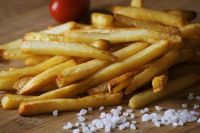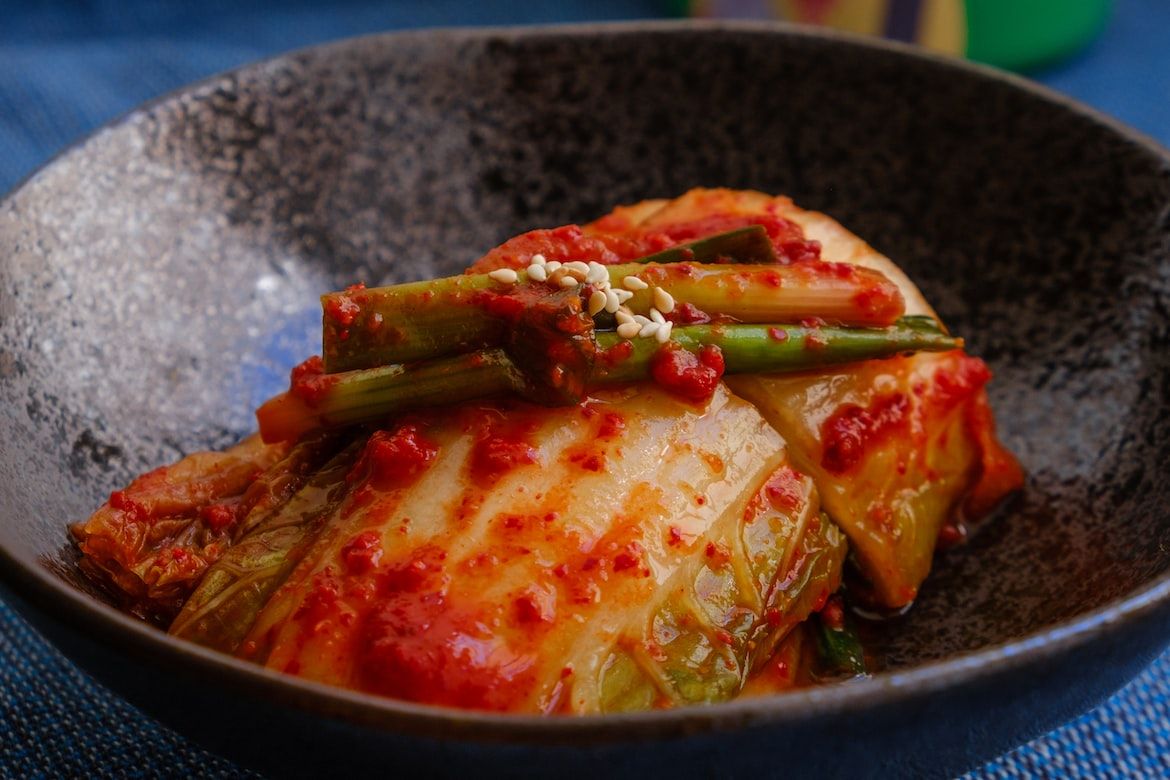16 facts about Mozzarella
Mozzarella is the most recognizable and third most often bought Italian cheese, after Grana Padano and Parmigiano Reggiano. It is always associated wi ...
17 facts about Kimchi
Kimchi is a staple Korean delicacy, served as a side dish with almost every meal. It consists of salted and fermented vegetables, including various ca ...
10 facts about Hot dog
Hot dogs are typical representatives of fast food. They are prepared swiftly and consumed even faster. Even though the fashion for eating hot dogs spr ...











